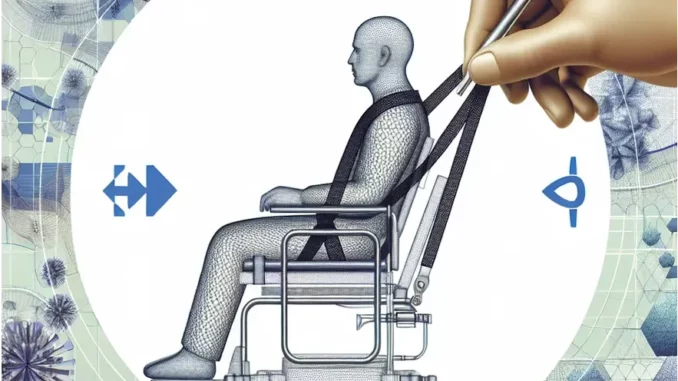
The global medical lifting slings market is on the brink of substantial growth, anticipated from 2024 to 2031, spurred by a confluence of factors such as technological innovations, a burgeoning elderly population, and heightened awareness of patient safety. These slings play a pivotal role in healthcare settings, ensuring the safe transfer and movement of patients with mobility challenges. This article provides an in-depth analysis of the current trends, growth catalysts, and potential obstacles in this market, offering valuable insights for stakeholders and industry participants.
As of 2023, the global medical lifting slings market was valued at approximately USD 1.2 billion, with projections indicating a steady expansion at a compound annual growth rate (CAGR) of around 6% from 2024 to 2030. By 2024, the market is expected to reach USD 1.24 billion, progressing at a CAGR of 7.9% through 2031. This growth trajectory is primarily driven by the increasing geriatric population, a rise in mobility impairments, and advancements in healthcare technologies that enhance patient care and safety.
Several key trends are shaping the landscape of the medical lifting slings market. Technological advancements are at the forefront, with the integration of innovative materials and ergonomic designs that improve patient comfort and safety. Padded, mesh, and polyester slings, known for their durability and user-friendliness, are gaining traction. Furthermore, there is a rising demand for home healthcare services, particularly among the elderly, which is bolstering the need for medical lifting slings. This trend is complemented by a growing focus on patient safety and ergonomic solutions that reduce the risk of injuries during patient transfers and alleviate strain on caregivers. Additionally, strategic collaborations and partnerships among key market players are leading to the development of tailored solutions that address specific patient requirements.
The market’s growth is propelled by several drivers. An aging global population necessitates increased assistance with mobility, thereby fuelling demand for medical lifting slings. The prevalence of chronic diseases, such as arthritis and neurological disorders, further underscores the need for these devices in safe patient handling. Investments in healthcare infrastructure, particularly in emerging markets, are also contributing to the increased demand. However, the market is not without its challenges. The high costs associated with advanced slings and the requirement for specialised training for caregivers can impede market growth. Moreover, budget constraints and limited awareness in developing regions may restrict the adoption of medical lifting slings.
Regional variations in the medical lifting slings market are influenced by differences in healthcare infrastructure, regulatory frameworks, and investment climates. North America and Europe are currently leading the market due to their mature healthcare systems and favourable government policies. Meanwhile, the Asia-Pacific region, with its rapidly aging population and growing healthcare investments, is poised for significant growth. Latin America and the Middle East & Africa offer emerging opportunities, though challenges such as political instability and economic downturns could affect growth prospects.
Looking ahead, the future of the medical lifting slings market appears promising, with numerous opportunities for growth driven by technological innovations, increased healthcare spending, and the growing demand for effective patient mobility solutions. Market participants can seize these opportunities by focusing on affordability, expanding distribution networks, and enhancing product offerings to meet the diverse needs of patients.
In summary, the medical lifting slings market is on a robust growth path over the forecast period, powered by demographic shifts, technological advancements, and rising awareness of patient safety. Stakeholders and industry participants can harness these trends to drive innovation and secure a competitive edge in this dynamic and evolving industry. Through strategic planning and an emphasis on meeting patient needs, the market is well-positioned to thrive in the coming years.


Be the first to comment